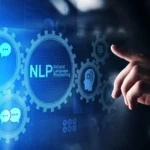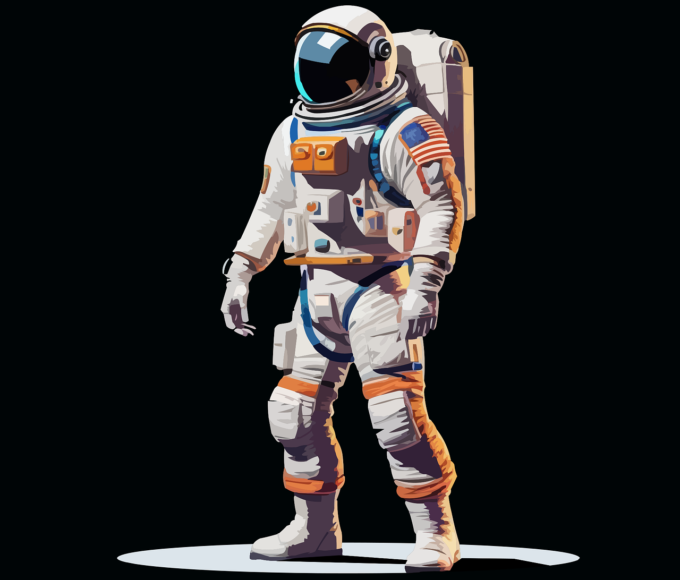Advancements in technology have truly revolutionized the way we live. It’s incredible to see how these innovations are positively impacting the lives of our aging population. One area where we’re witnessing significant progress is in the realm of caring for and supporting seniors. Thanks to the rise of the Internet of Things (IoT), a vast network of interconnected devices, we now have the potential to enhance the quality of life for our elderly loved ones, enabling them to live independently for longer and with greater peace of mind.
Benefits of IoT for ageing population:
One of the primary concerns for seniors and their families is ensuring their safety. IoT devices offer a wide array of solutions to create a secure living environment. Imagine a home equipped with smart security systems that utilize motion sensors, video surveillance, and door/window sensors. These systems provide real-time monitoring and instant alerts, keeping a watchful eye on potential threats. It also allows immediate response in case of any suspicious activity. With such measures in place, the elderly can feel safe and secure in their own homes
These systems can even be connected to emergency response services, ensuring that help is just a button press away during critical situations like falls or medical emergencies.
In addition to safety, IoT technology is also transforming healthcare for the aging population. Smart wearable devices, such as fitness trackers and medical alert bracelets, have become invaluable tools for continuous health monitoring. These devices keep track of vital signs, physical activity levels, and even sleep patterns. The collected data can be shared with healthcare professionals remotely, enabling them to provide proactive interventions and timely medical assistance when needed.
Moreover, IoT-enabled pill dispensers play a vital role in medication management by reminding seniors to take their prescribed medications at the right times, reducing the risk of missed doses or medication errors.
But the benefits of IoT don’t stop there. These devices also contribute to the overall well-being and comfort of seniors. Just imagine a home with a smart thermostat that adjusts the temperature according to individual preferences. These thermostats can even be controlled remotely, so the elderly can enjoy the perfect temperature even when they’re away.
Furthermore, voice-activated assistants like Amazon Alexa or Google Assistant are like trusted companions, assisting seniors in performing various tasks through simple voice commands. Whether it’s making phone calls, setting reminders, or accessing information, these voice assistants make daily life easier and more convenient.
We must also recognize the importance of combating loneliness and social isolation among the elderly. IoT solutions play a crucial role in fostering social connectivity and engagement. With video calling platforms like Skype, seniors can maintain meaningful connections with their loved ones, no matter the distance.
Additionally, IoT-powered social robots are becoming increasingly popular as companions for the elderly. These robots possess conversational abilities and entertainment features, offering companionship and emotional support. By alleviating feelings of loneliness, these robots greatly enhance the overall well-being of seniors.
Startups in this domain are:
Smartron: Smartron is an Indian technology company that has ventured into the healthcare space with their IoT-enabled smart home solutions. They offer a range of products such as security cameras, motion sensors, and smart plugs that can be integrated into a comprehensive smart home ecosystem.
Dozee: Dozee is a health monitoring startup that offers an IoT-based contactless health monitoring system. Their flagship product, also called Dozee, is a thin sensor sheet placed under the mattress, which captures vital signs such as heart rate, respiration rate, sleep quality, and stress levels. The device uses advanced algorithms to analyze the data and provides actionable insights to both users and healthcare providers. This technology enables continuous health monitoring in a non-intrusive manner, allowing seniors to sleep comfortably while their health is closely monitored.
Concerns
While the benefits of IoT for the aging population are tremendous, it’s essential to address certain concerns surrounding its implementation. Privacy and data security are of utmost importance. The personal data collected must be handled securely and with respect to the individuals’ rights.
To ensure the trust and confidence of seniors and their families, manufacturers and service providers must prioritize data encryption, secure authentication protocols, and transparent privacy policies.
Moreover, we must ensure that IoT devices are accessible and easy to use for senior citizens. User-friendly interfaces, larger fonts, voice-controlled options, and intuitive designs are essential. They ensure that seniors can effectively operate and benefit from these technologies.
Additionally, affordability is a significant consideration, as many older adults may have limited financial resources. To maximize the potential of IoT for the aging population, it’s crucial to address these barriers. At the same time, make these technologies accessible and affordable for all.
Conclusion:
Internet of Things has emerged as a true game-changer in supporting the aging population and enabling independent living. From enhanced safety measures and healthcare monitoring to improved comfort and social connectivity, IoT devices empower seniors to maintain their autonomy and live fulfilling lives within the comfort of their own homes.
By addressing privacy concerns, ensuring user-friendliness, and striving for affordability, we can ensure that the benefits of IoT reach every senior, regardless of their circumstances.
With continued advancements and a focus on user-centric solutions, the IoT holds immense promise in transforming the aging experience for the better.















Leave a comment